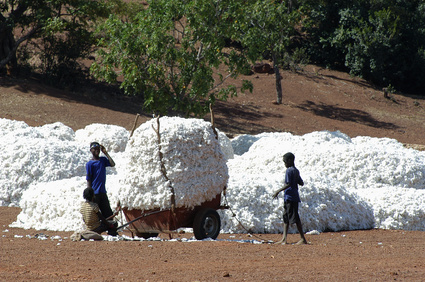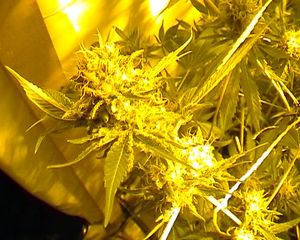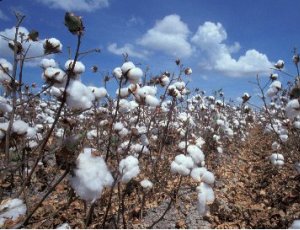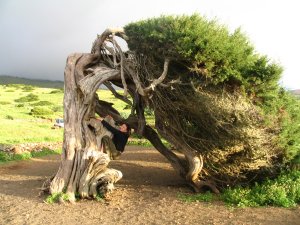our philosophy of organic fair trade wear
Do people have to suffer, just because we want to buy cheap clothes?
What price do others pay for our consumption and how does production affect our environment?
Vor 18 years ago, we asked ourselves these questions and created fairtragen. Because it is important to us to be able to buy clothes that have not been produced under exploitative conditions and that destroy habitats.
To the best of our knowledge and belief, we therefore make a pre-selection of textiles and manufacturers that reflect our values and stand for a sustainable production:
All these points we always keep in mind, because it is important to us to feel a clear conscience also on the skin!
Vor 18 years ago, we asked ourselves these questions and created fairtragen. Because it is important to us to be able to buy clothes that have not been produced under exploitative conditions and that destroy habitats.
To the best of our knowledge and belief, we therefore make a pre-selection of textiles and manufacturers that reflect our values and stand for a sustainable production:
-
Organic farming
The organically grown fibre is free of pollutants, which is good for the environment, the cotton pickers and our skin. -
Environmentally friendly processing
The clothing will not receive treatments such as bleaching with chlorine or dyeing with azo dyes. The environment, the employees and the end users are happy about this. -
Compliance with social standards
The working conditions of the workers in the textile industry are improved by social standards, such as a fair minimum wage, no child labour and the right of workers to the formation of trade unions. -
Quality and functionality
So that you can enjoy our clothing, quality and functionality are also an important criteria that we pay attention to in purchasing. How the material feels, how it is processed and cut, are all aspects that also lead to sustainable fashion and reduce the waste of precious resources.
All these points we always keep in mind, because it is important to us to feel a clear conscience also on the skin!




further information to organic farming and fair trade
Are organic and fairtrade the same thing, or at least similar?What is the exact meaning of fair trade?
What is the meaning of "conventional" farming ?
What is the meaning of "organic" farming ?
Why organic farming ?
Which labels stand for a sustainable production?
information about hemp
information about cotton
Why is organic clothing so smooth?
What is organic leather?
Here you can find a list of the manufacturers
